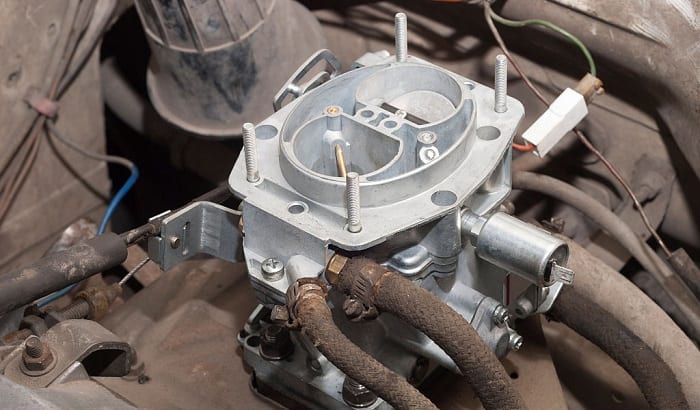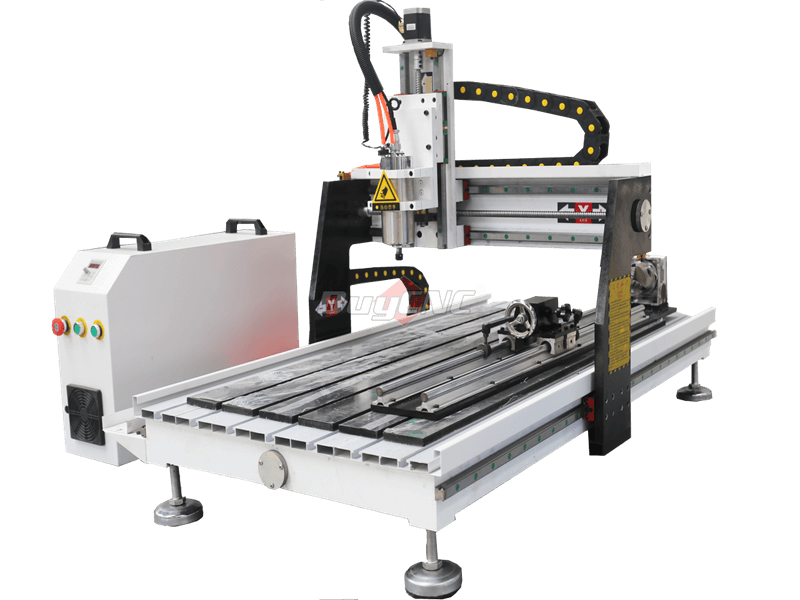What Can I Use to Clean My Carburetor Parts?

When cleaning your carburetor parts, there are a few different options. These include spray carburetor parts cleaner, liquid cleaner, and fuel tank additive.
Spray cans are easy to use and come with a straw that lets you check for vacuum leaks. They’re also effective at removing the dirt hiding in those deep passages.
Spray cleaner
You can use a spray cleaner to clean your carburetor parts without removing them from the car. These come as a can or aerosol can and are often easier to use than other cleaners.
Some spray cleaners also come with a storage cap to store them safely away from your car. These are often the best choice for people who need more time or patience to remove a carburetor and soak it in a chemical solution.
Besides a spray, you can also use a fuel additive like Sea Foam SF-16 to help keep your carburetor clean. This will prevent gunk from accumulating in your jets and may improve fuel efficiency and emissions.
Liquid cleaner
A liquid carburetor parts cleaner can be a quick and convenient way to clean your carburetor parts. It will also remove rust and other debris from your engine.
A suitable liquid cleaner should be safe for most materials close to your carburetor, including those not made from metal. You can also find cleaners formulated to break tough carbon deposits without damaging oxygen sensors or catalytic converters.
Soaking your carburetor in a liquid cleaner for a day or two should be enough to remove buildup altogether. However, this method may be more challenging if you have to disassemble your carburetor first.
Alternatively, you can use an aerosol spray to dissolve heavy deposits on your carburetor. It would help if you used this spray with a brush to fully dislodge any gunk you cannot get out of your carburetor using the soak method alone.
Fuel tank additive
The fuel system in your vehicle delivers gasoline to your engine through various components, including the gas tank, pump, and injectors or carburetor. These parts must function flawlessly to achieve optimum performance and longevity.
When these components are clogged, performance and efficiency may suffer. Fortunately, many fuel additives are available to clean these systems and improve the overall operation of your car.
These additives are designed to increase fuel octane levels, boost combustion, improve cold weather starts, and more. They can also remove deposits from the intake valves, restricting the flow of air and fuel mixture into your engine’s combustion chamber.
There are four different types of fuel additives, and each performs differently. Some are best for older, high-mileage engines, and others are better suited for newer, well-maintained cars. Regardless of your chosen type, it is essential to read the product label and determine what it is intended for.
Brake cleaner
If you have a carburetor, it’s essential to clean it regularly. This will ensure it functions correctly and prevent high fuel consumption and other problems.
A brake cleaner is a great way to clean your car’s carburetor parts. It contains strong chemicals to destroy dirt, varnish, and grime accumulating on your carburetor.
These cleaners are safe to use on plastic and rubber parts. But they can contain some toxic compounds, so it’s essential to read the product’s label and use it only on components that are meant for it.
Brake cleaners can also help to eliminate carbon deposits from the carburetor. This is particularly important for older vehicles, as the carbon will stick to the carburetor and affect its function.







